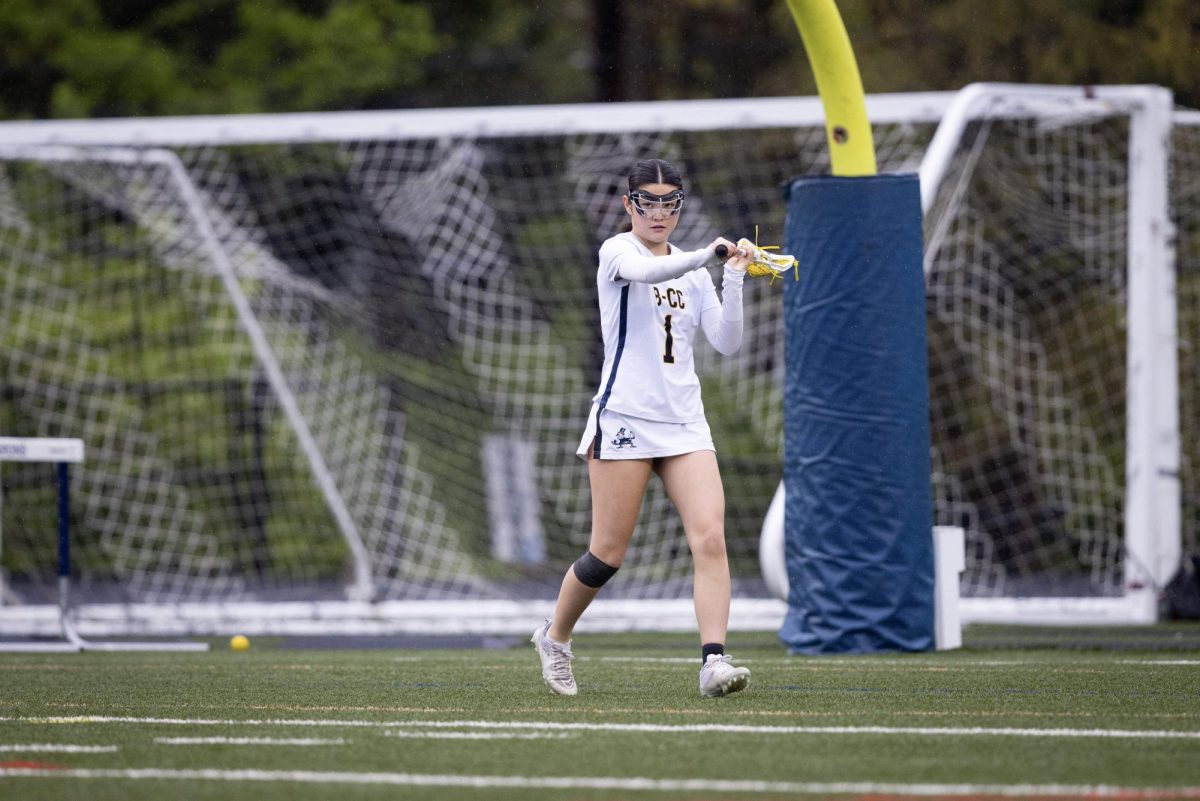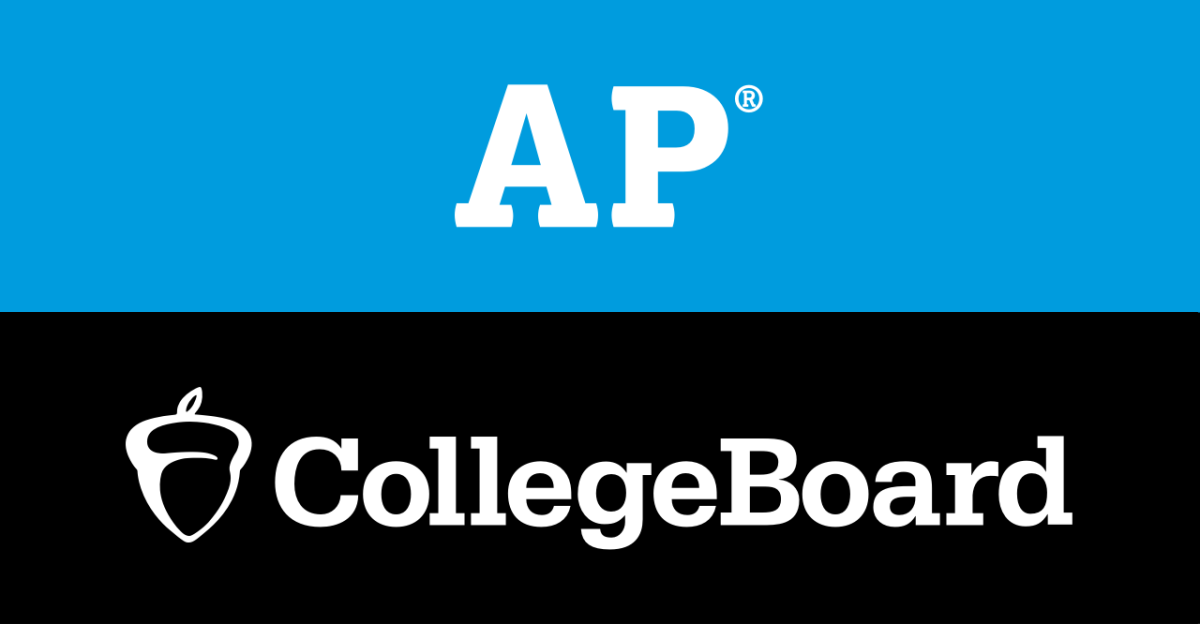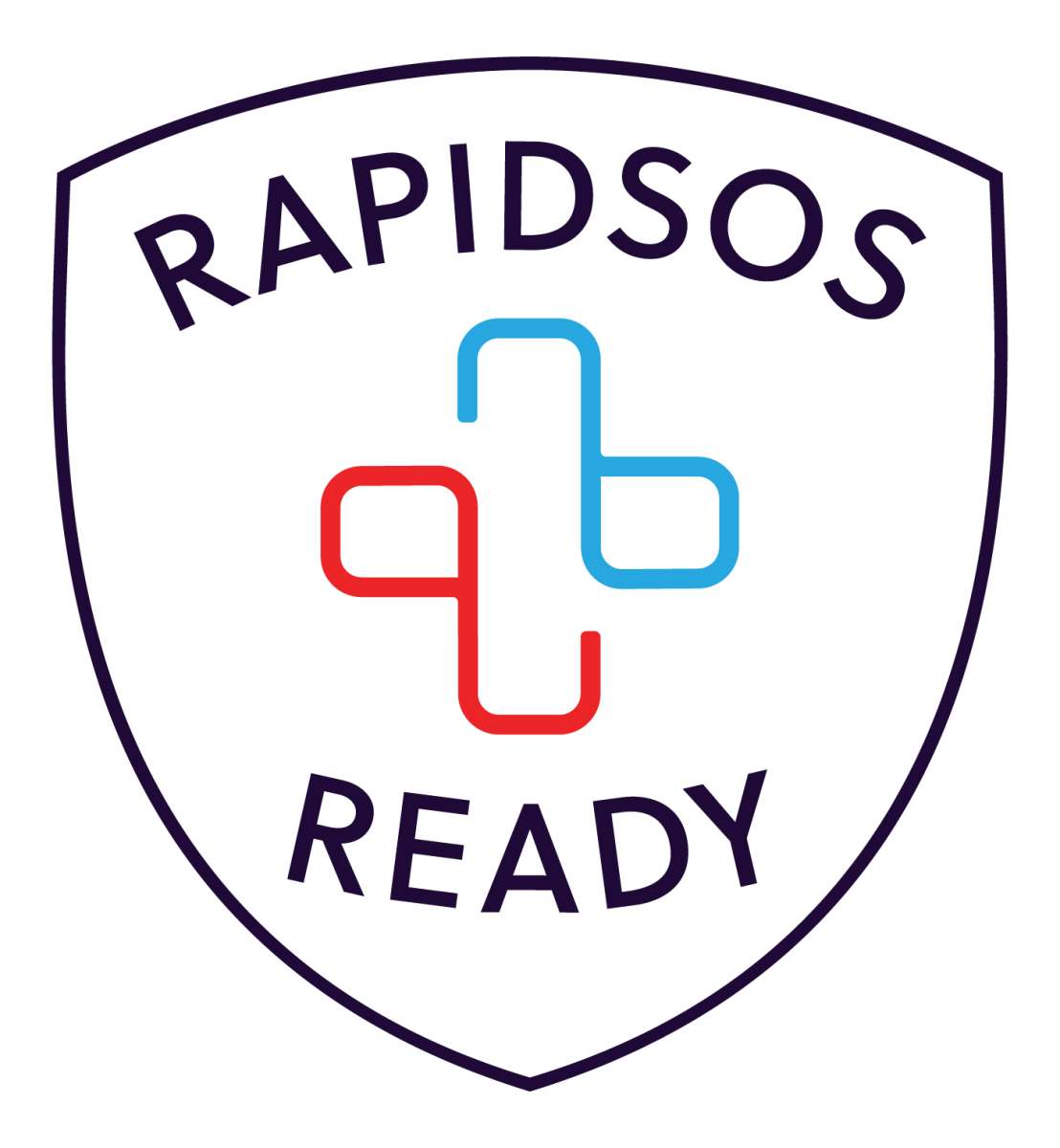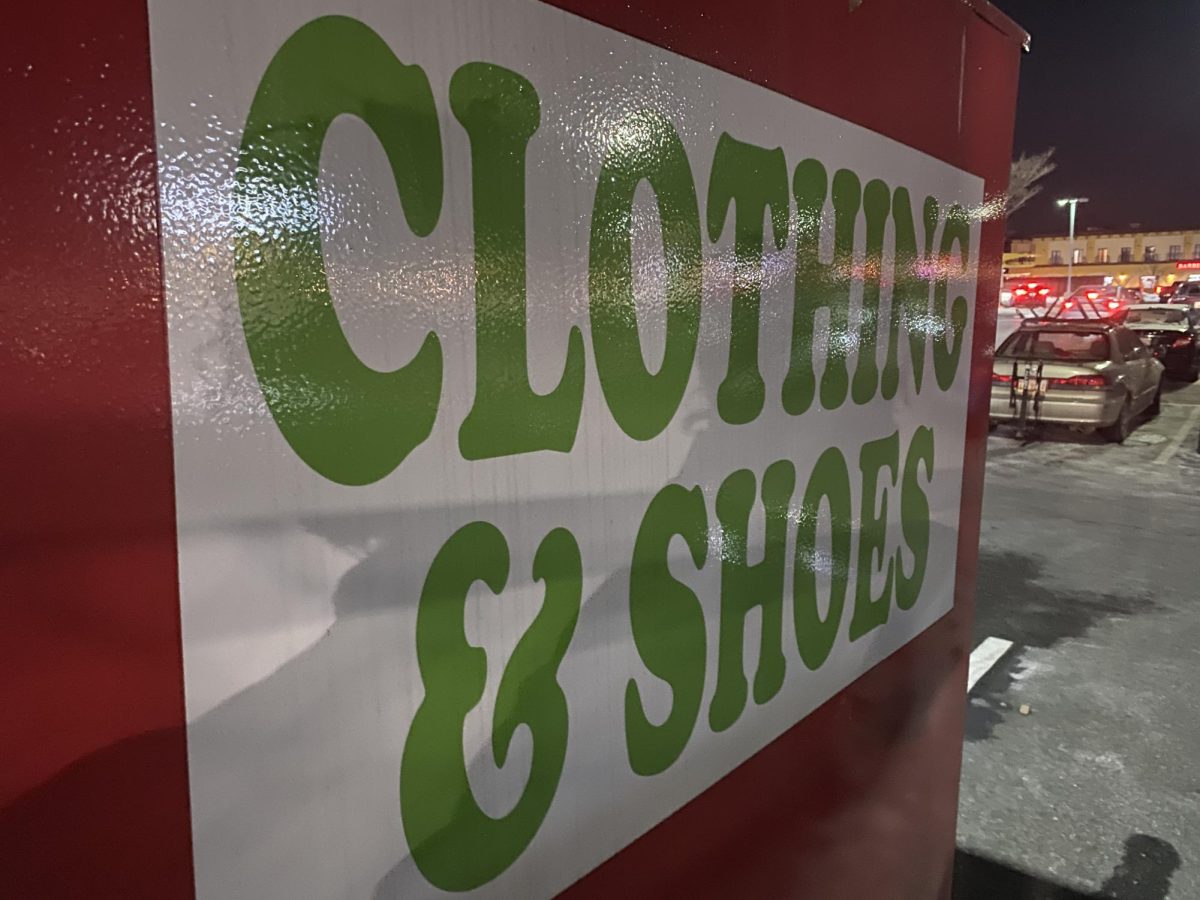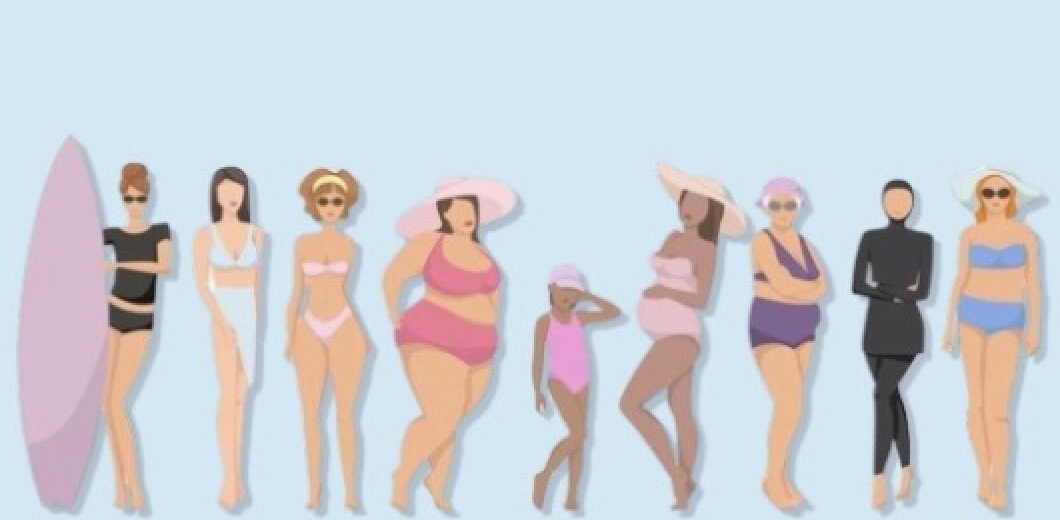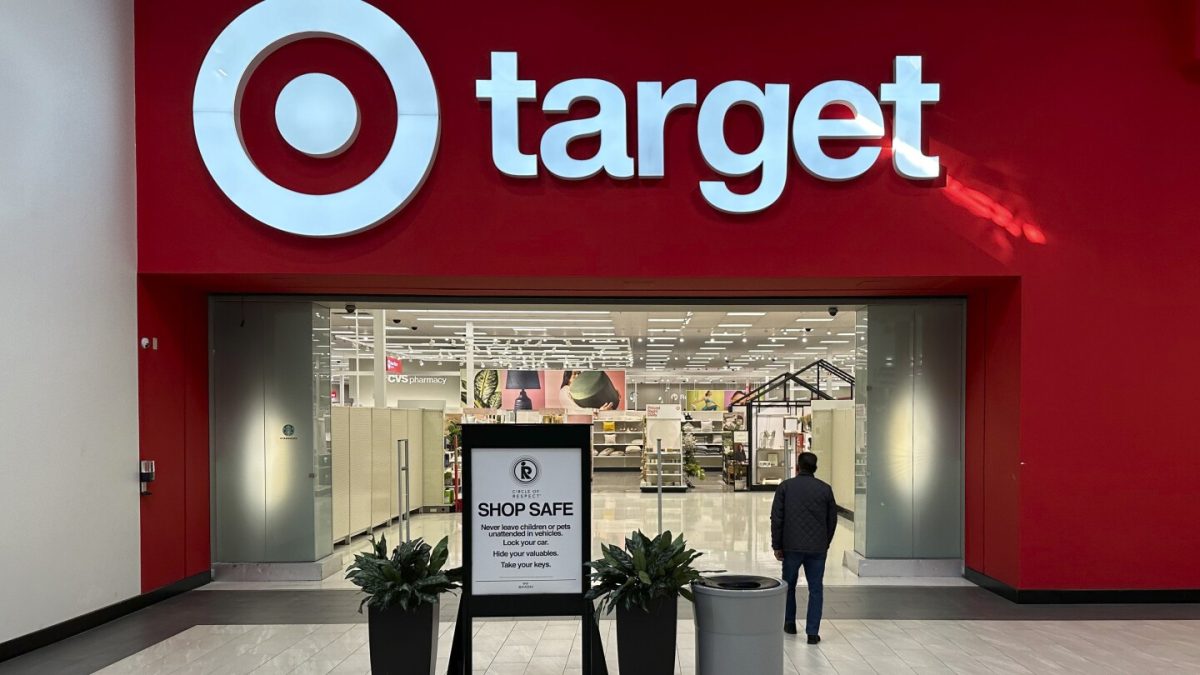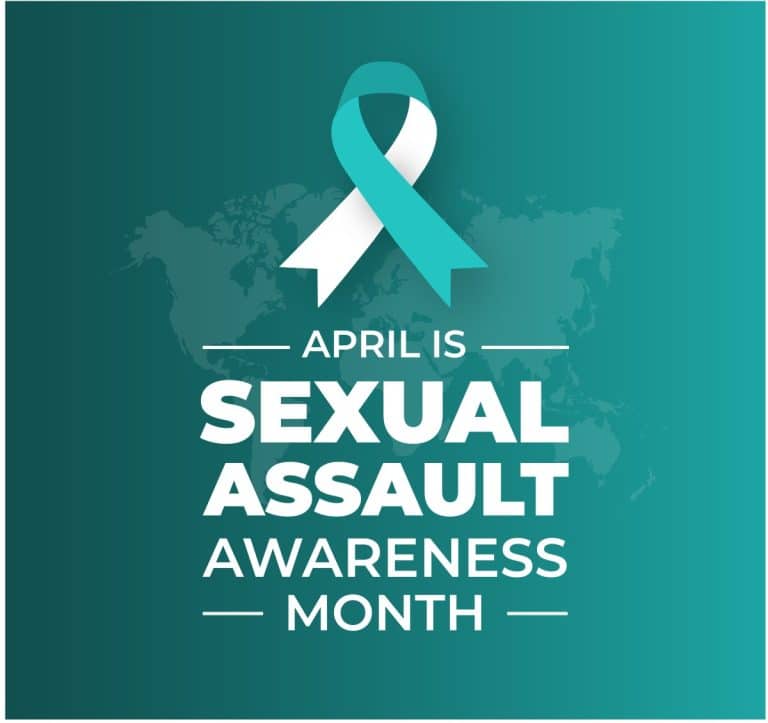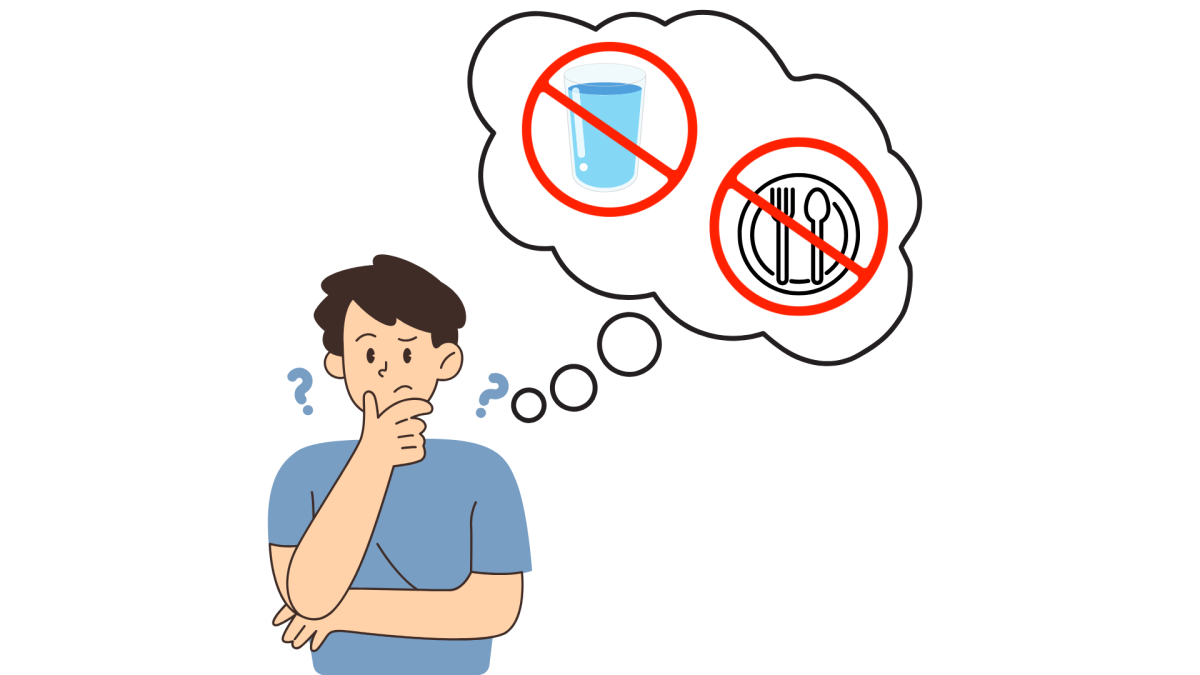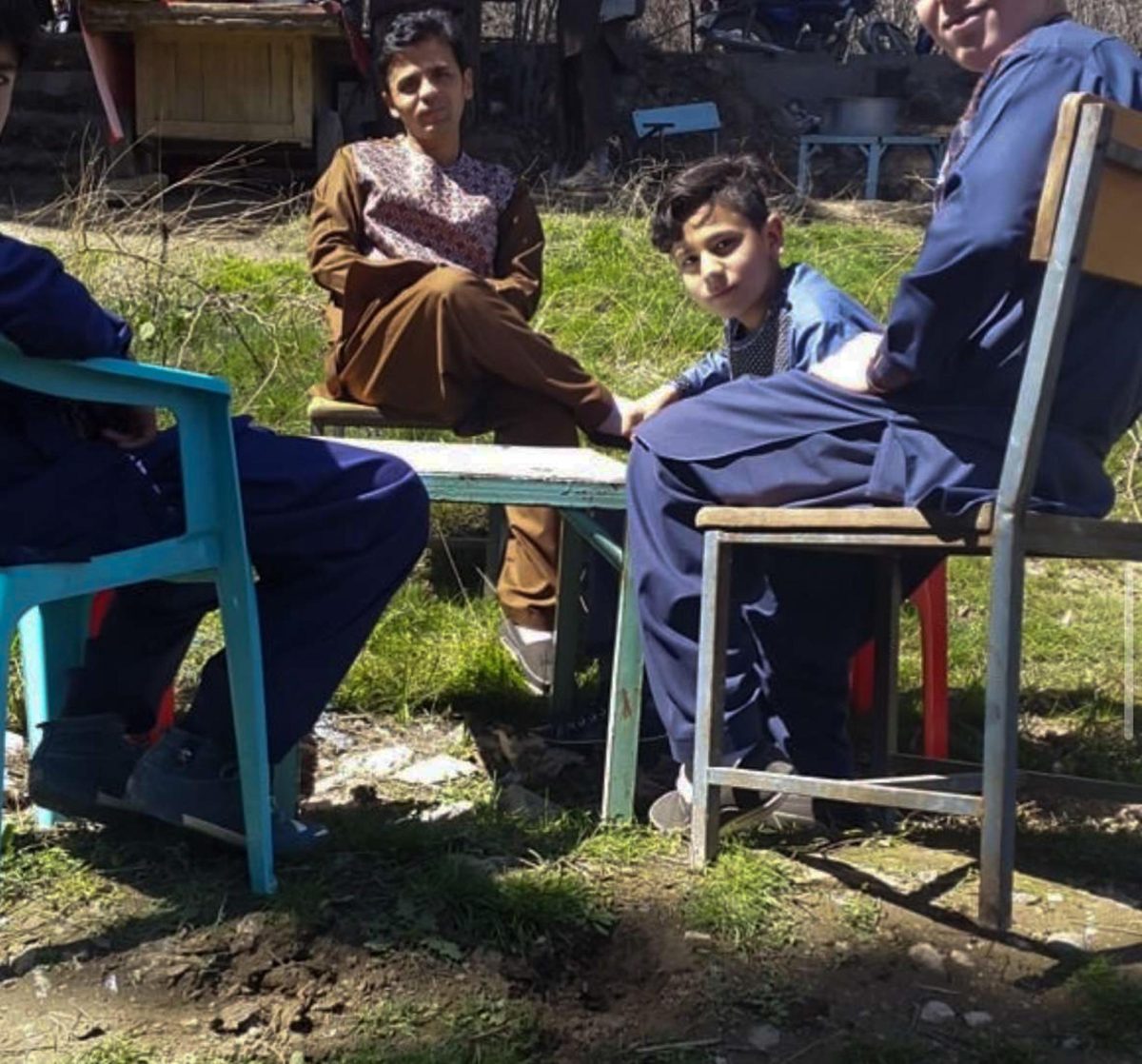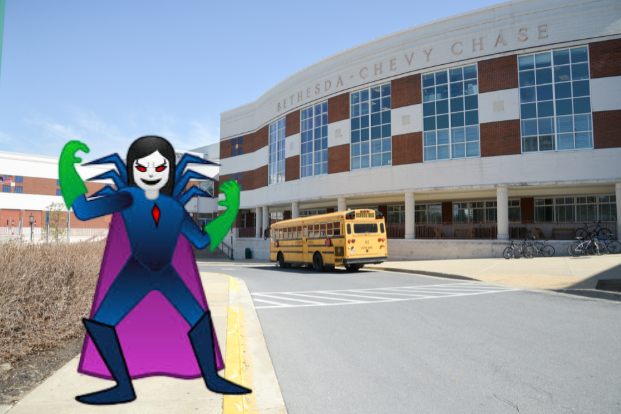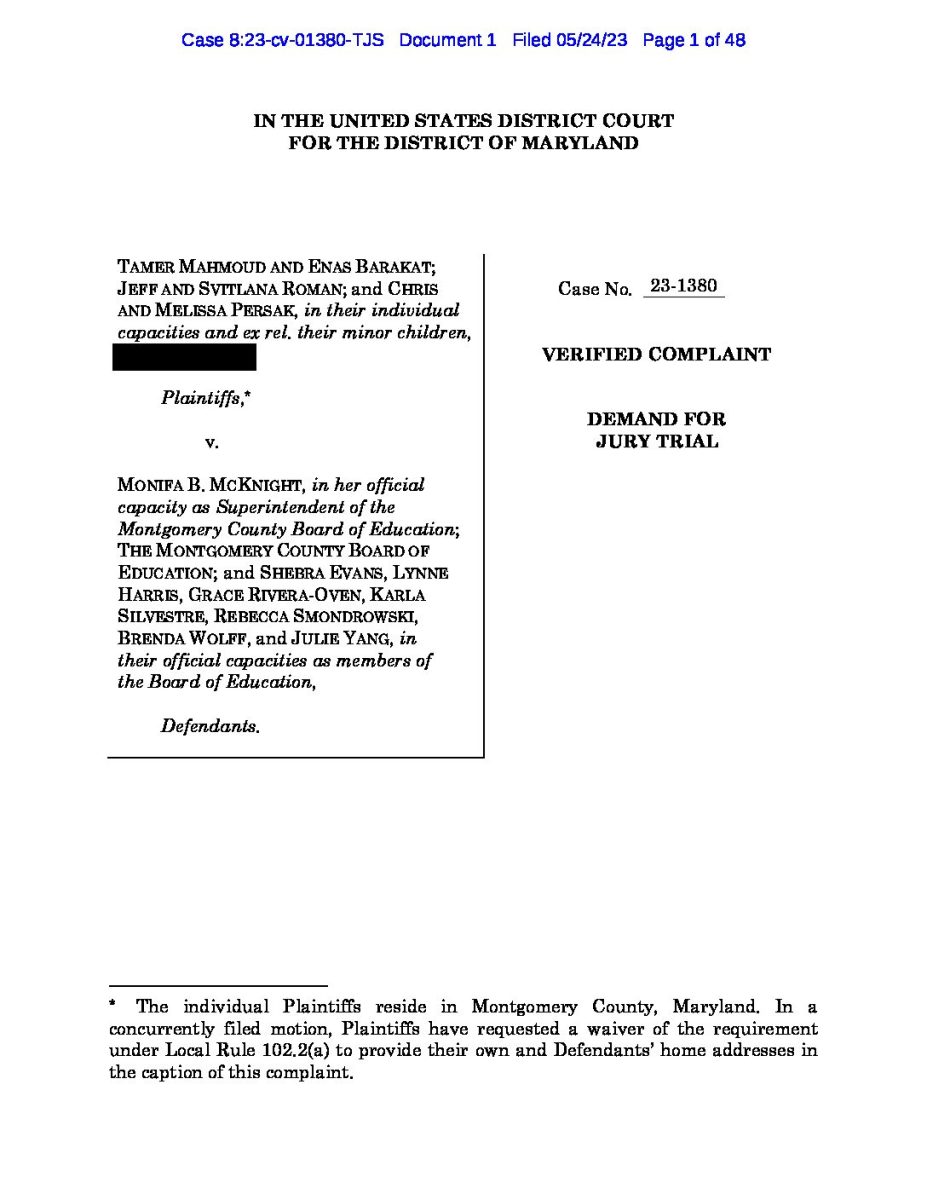With May around the corner, it is important to give attention to an important aspect of April: this month was National Sexual Assault Awareness month, which has brought important conversations to the forefront of our community.
Sexual assault is a massive problem in the United States and around the world. According to the Rape, Abuse & Incest National Network (RAINN), over 433,000 cases of sexual assault or rape annually occur in the U.S; every 68 seconds, another American is sexually assaulted.
Health teacher Mr. Blanken gave insight on his experience integrating sexual assault into the health curriculum. He said, “It’s important for students to know what the definition is, to be aware of what consent is, how to acquire consent, and then to always act responsibly and respectfully when you’re with a partner or another person.” RAINN defines consent as “an agreement between participants to engage in sexual activity [that] should be clearly and freely communicated.”
Mr. Blanken also highlighted a common misconception students may have. He stated that, “In my health classes, the one thing that is a constant is that we often attach crimes of sexual violence to a male committing it to a female. I think our data that we showed recently was 90% of that is true, but there is a 10% where it could go the other way, female to male or male to male.” Indeed, it is estimated that 91% of victims of rape and sexual assault are female and 9% male (Cal Poly Humboldt).
Even after National Sexual Assault Awareness month is over, the importance of shining light on this issue is not going away. If you or somebody you know has experienced sexual assault, call the National Sexual Assault Hotline at 800.656.HOPE.









